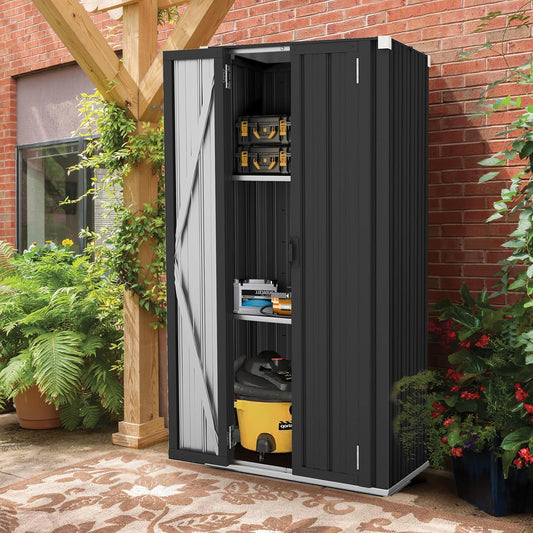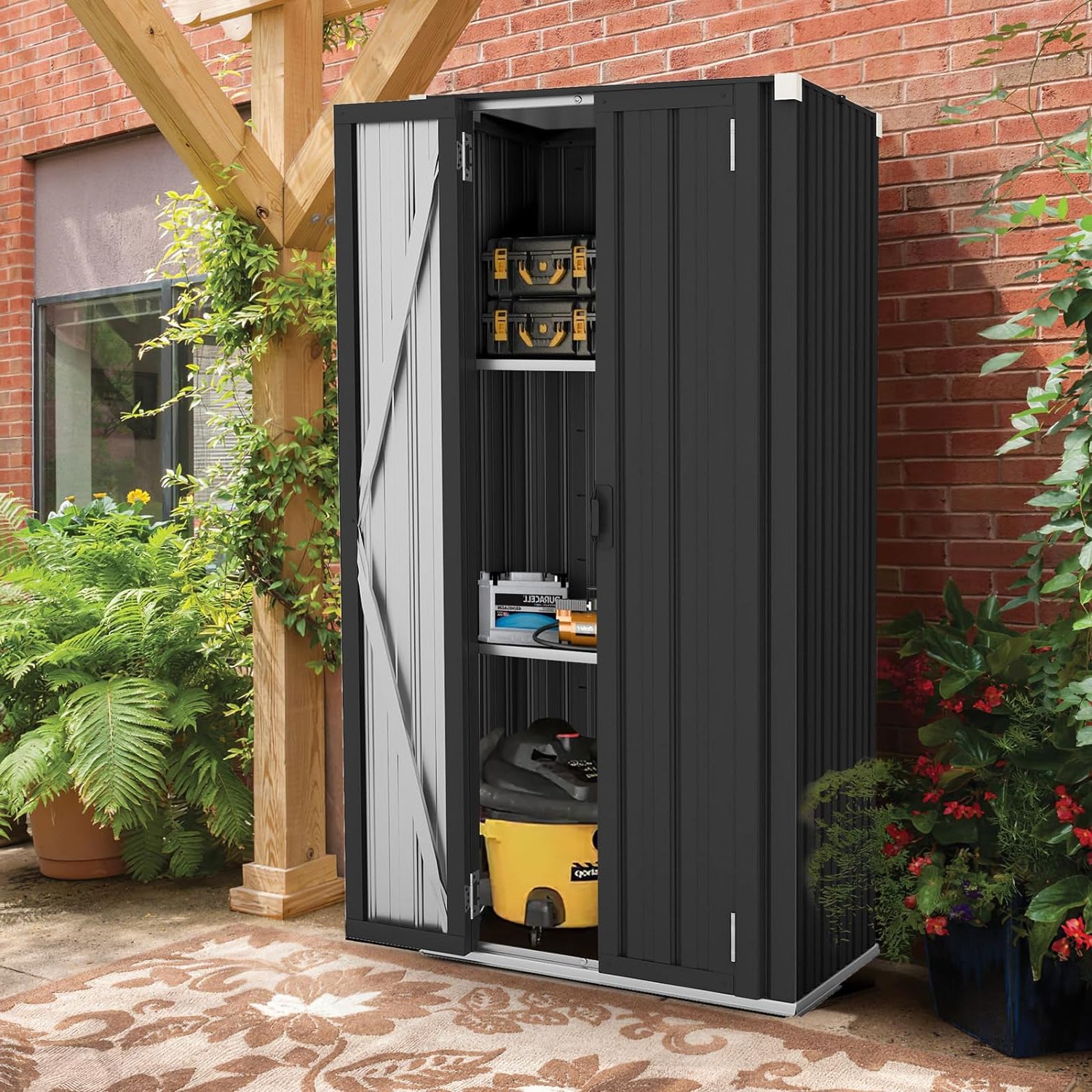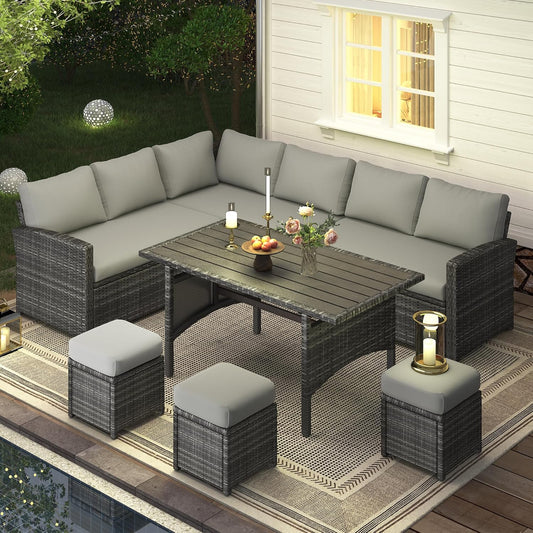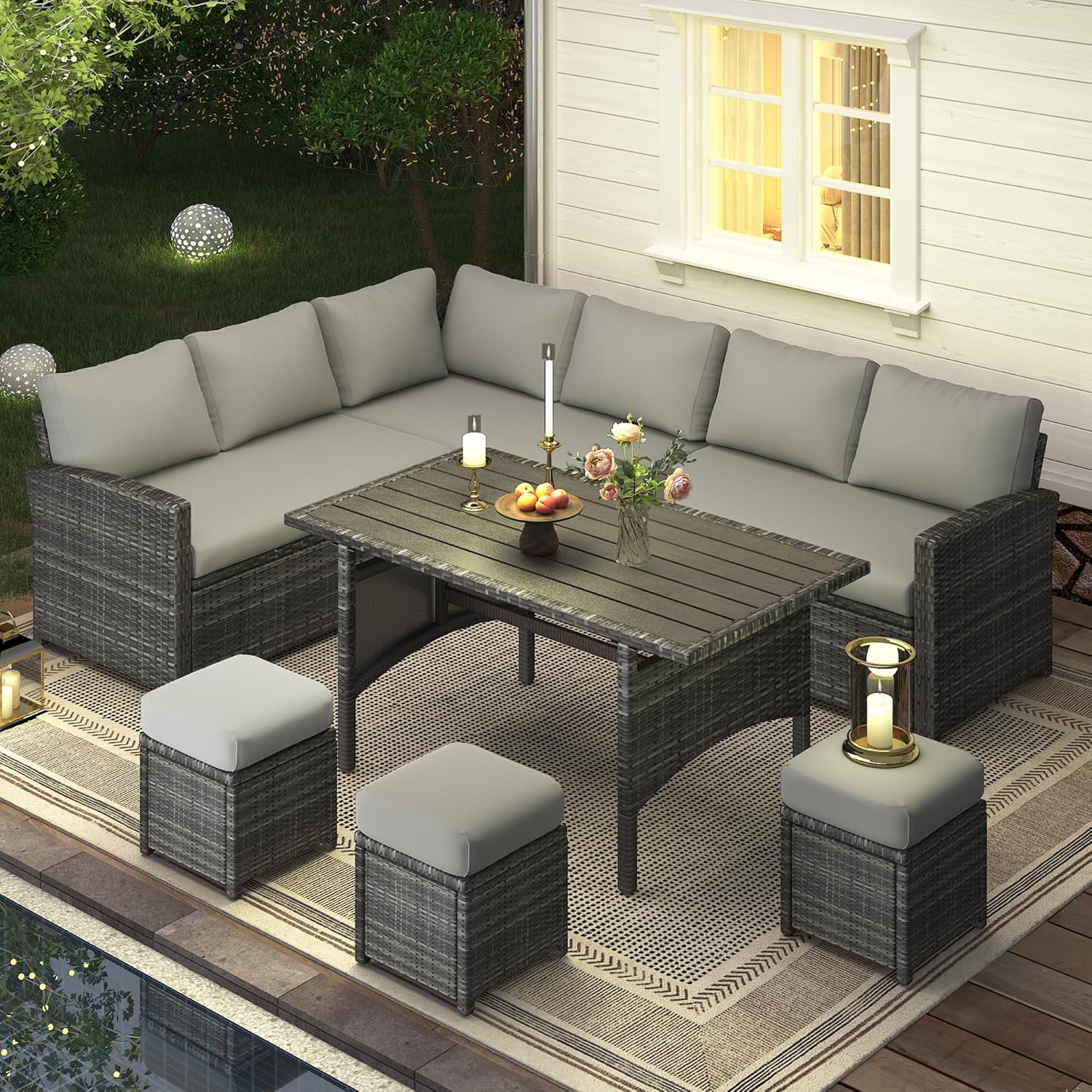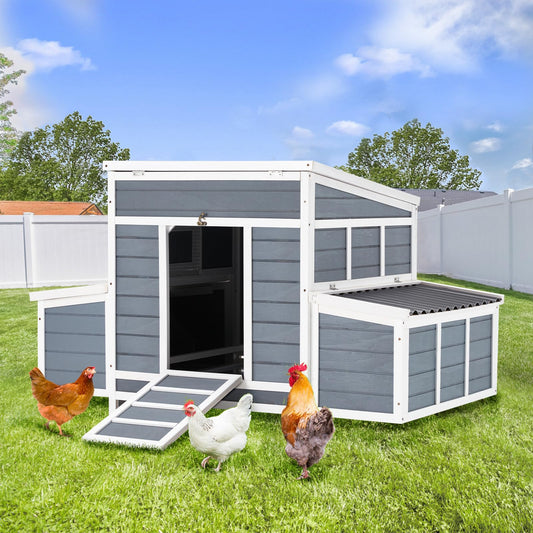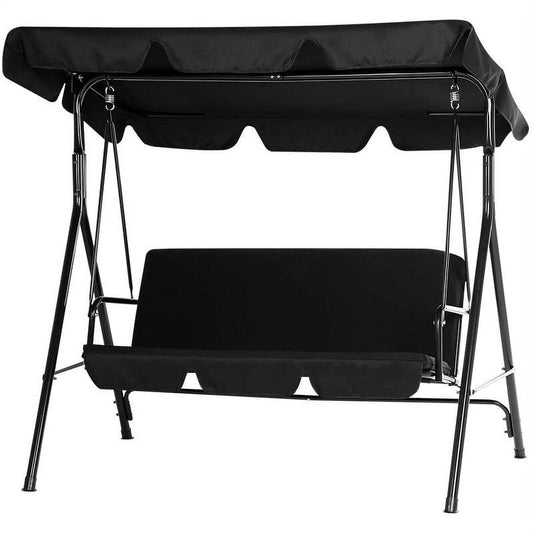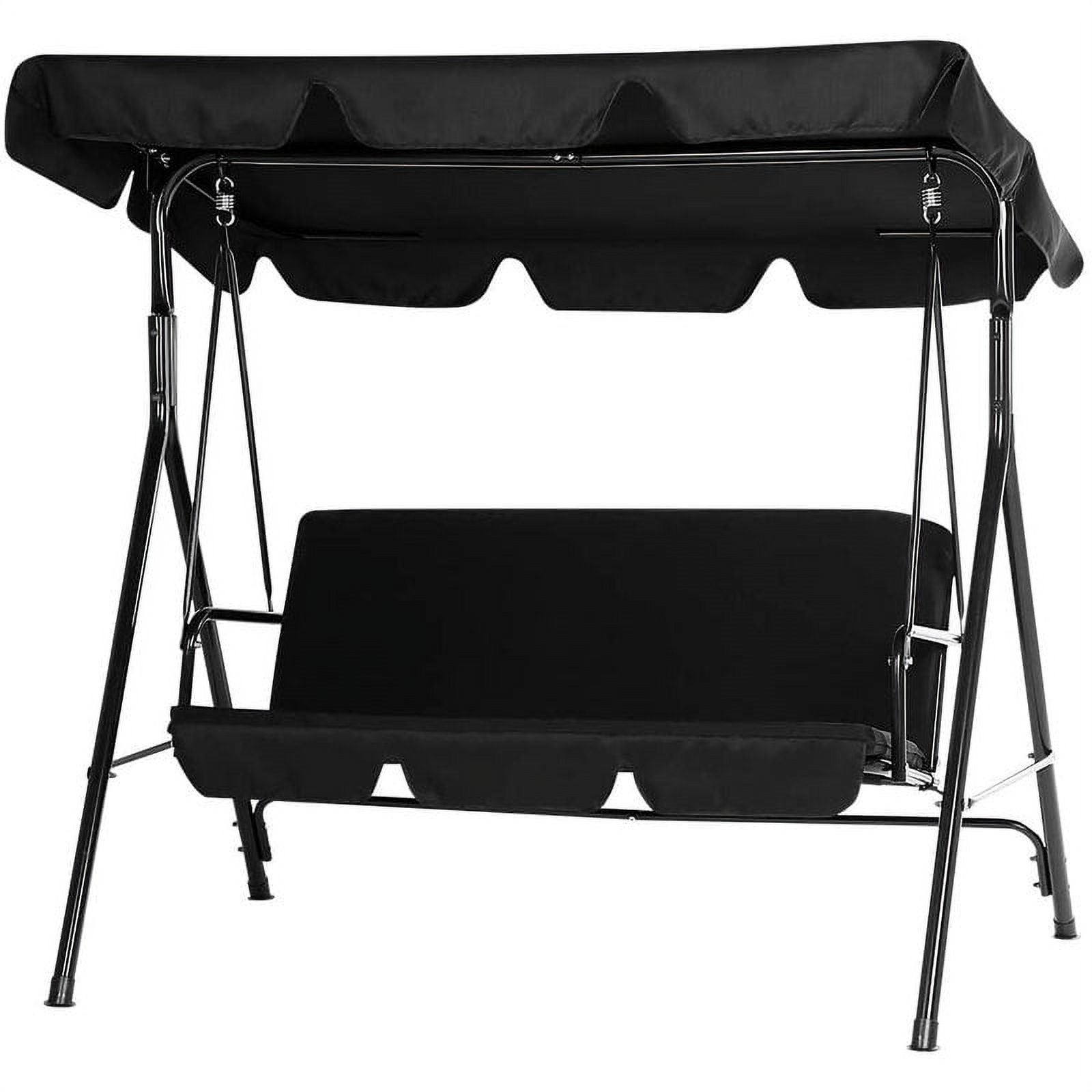A gazebo is like a little outdoor haven, but its roof is what keeps that haven functional. Whether it’s a slanted roof gazebo or a hard roof gazebo, the right covering matters. Shingling a gazebo roof isn’t just about keeping the rain out – it’s about making your gazebo look great and last for years.
If you’re thinking of taking on this DIY project, you’re in the right place. Shingling a gazebo roof is doable with the right steps, and it’s a project that can save you money. Plus, there are plenty of gazebo roof ideas to choose from when it comes to shingle styles and colors.
In this guide, we’ll focus on the step - by - step process of shingling a gazebo roof. We’ll start with the basics: what materials and tools you need. Let’s get started.
Materials and Tools You Need for Shingling a Gazebo Roof
Before you start, it’s key to have all the right materials and tools. Having everything ready will make the job go much smoother, whether you’re working on a small or large gazebo roof.
Materials
The main star here is, of course, the gazebo roof shingles. Asphalt shingles are a popular choice because they’re affordable and easy to work with. For most standard - sized gazebos, you’ll need to calculate the square footage of the roof to know how many shingles to buy. A good rule of thumb is to add 10% extra to account for cuts and mistakes.
You’ll also need roofing felt, which goes under the shingles to add a layer of protection against moisture. Drip edge is another must – it’s a metal strip that goes along the edges of the roof to direct water away, preventing damage to the roof structure.
Roofing nails, roofing cement, and ridge cap shingles are essential too. Ridge cap shingles cover the peak of the roof, giving it a finished look and extra protection.
|
Material |
Purpose |
Notes |
|
Gazebo roof shingles |
Main roofing layer |
Asphalt is budget - friendly; cedar adds a natural look |
|
Roofing felt |
Moisture barrier |
Covers entire roof surface |
|
Drip edge |
Directs water away from roof edges |
Metal strip, fits around roof perimeter |
|
Roofing nails |
Secures shingles, felt, and drip edge |
Galvanized to resist rust |
|
Roofing cement |
Seals edges and gaps |
Prevents water leakage |
|
Ridge cap shingles |
Covers roof peak |
Can be pre - made or cut from regular shingles |
Tools
Having the right tools makes the job easier and safer. A hammer is essential for nailing down shingles and other materials. A utility knife with a sharp blade will help you cut shingles and roofing felt to the right size.
A measuring tape and a chalk line are important for ensuring that your shingles are aligned correctly. A ladder is a must to reach the roof – make sure it’s sturdy and placed on a flat surface.
Don’t forget safety gear: work gloves to protect your hands, safety glasses to shield your eyes from debris, and a hard hat if there’s any risk of falling objects.
|
Tool |
Purpose |
Notes |
|
Hammer |
Nails shingles, felt, and drip edge |
Claw hammer for easy nail removal if needed |
|
Utility knife |
Cuts shingles and roofing felt |
Use a hooked blade for cleaner cuts |
|
Measuring tape |
Measures roof area and material lengths |
25 - foot tape works for most gazebos |
|
Chalk line |
Marks straight lines for shingle alignment |
Helps keep rows even |
|
Ladder |
Provides access to the roof |
Sturdy, non - slip, tall enough for the roof height |
|
Safety gear |
Protects you during the project |
Includes gloves, glasses, and hard hat |

How to Prepare Your Gazebo Roof for Shingle Installation
You’ve got your materials and tools ready – great! Now, let’s get that gazebo roof ready for shingles. Prepping the roof is like laying the foundation for a house: skip steps here, and your shingles won’t last long. Let’s break it down.
First, check the roof deck. That’s the wooden surface under everything. Walk (carefully!) across the roof and look for soft spots, rot, or loose boards. If you find any, replace them. A wobbly deck will make shingles crack or come loose. For example, a 10x10 gazebo might have 2 - 3 weak boards – fix those before moving on.
Next, clean the deck. Sweep off leaves, dirt, and old nails. Even small debris can make shingles sit unevenly. Use a putty knife to scrape off any leftover roofing cement or glue from past projects. A clean deck means better adhesion for your new materials.
Now, let’s talk about the slope. If you have a slanted roof gazebo, make sure the slope is steady. A uneven slope can cause water to pool, which ruins shingles fast. Use a level to check – if one area dips more than ½ inch, add shims to even it out.
Time to install the drip edge! Remember that metal strip from the materials list? Nail it along the roof edges, leaving a ¼ - inch overhang. This stops water from seeping under the shingles and into the wood. For a hard roof gazebo, the drip edge is extra important – those steeper slopes send water rushing, so you need a tight seal.
Finally, lay the roofing felt. Start at the bottom edge of the roof and roll it up. Overlap each row by 3 - 4 inches to avoid gaps. Nail it down every 6 - 8 inches along the edges and seams. The felt acts like a backup – if water gets past the shingles, it catches it. Trust us, this step saves headaches later.
Prep Checklist
|
Task |
Why It Matters |
Pro Tip |
|
Inspect/replace deck |
Prevents shingle damage |
Tap boards with a hammer – hollow sounds mean rot |
|
Clean debris |
Ensures even shingle placement |
Use a leaf blower for quick cleanup |
|
Check slope |
Stops water pooling |
A 4:12 slope (4 inches rise per 12 inches run) works best for shingles |
|
Install drip edge |
Blocks water from roof edges |
Bend corners slightly to avoid gaps |
|
Lay roofing felt |
Adds moisture protection |
Overlap seams toward the slope peak |
Alright, your roof is prepped and ready. Let’s move on to the fun part: installing those shingles!
Step-by-Step Guide to Installing Shingles on a Gazebo Roof
Now that your roof is prepped, it’s time to start shingling. Take it slow – rushing leads to mistakes. Follow these steps, and your gazebo roof will look like a pro did it.
Install starter course along roof edges
The starter course is the first line of defense. It goes along the bottom edge of the roof, under the first row of regular shingles. Cut off the tabs of your gazebo roof shingles to make starters – this helps them lie flat.
Nail the starters along the drip edge, leaving ¼ inch overhang. Space nails 6 - 8 inches apart. This layer seals the edge and stops wind from lifting shingles. For a slanted roof gazebo, start at the lowest corner and work your way across.
Lay shingles row by row, offsetting seams
Here’s the key: don’t line up shingle seams. If they’re straight, water can seep through. Instead, offset each row by 6 inches. Think of it like bricklaying – the pattern keeps water out.
Start at the bottom, right above the starter course. Line up the first shingle with the edge, then nail it down. Place nails 1 inch from the edges and ½ inch above the tab slots. Repeat, but shift the next row so the tabs cover the seams of the row below.
Maintain proper exposure and alignment
“Exposure” is how much of each shingle shows. For most shingles, 5 inches is standard. Use a chalk line to mark this – snap a line every 5 inches up the roof. This keeps rows straight, even on a slanted roof gazebo.
Check alignment after every 2 - 3 rows. Stand back and look – if rows are wavy, gently lift shingles and adjust. It’s easier to fix now than after the whole roof is done!
Nail shingles and apply roofing cement
Nailing right is crucial. Use 4 nails per shingle, placed just above the tabs. Don’t hammer too hard – you’ll damage the shingle. If a nail pops up later, add a dab of roofing cement over it.
For tricky spots, like around roof vents (if your hard roof gazebo has them), apply cement under the shingle edges to seal gaps. This extra step stops leaks in vulnerable areas.
Install second layer and ridge cap shingles
Once you reach the peak, you’ll need a second layer. Cut shingles into 3 - inch strips and nail them along the peak, overlapping each strip by 2 inches. This adds strength.
Finally, the ridge cap. These are bent over the peak to cover the gap. Nail them every 6 inches, and seal the last one with roofing cement. For a polished look, match ridge caps to your shingles – most brands make matching sets.
Progress Tracker
|
Step |
Time Estimate (for 10x10 gazebo) |
Common Pitfall to Avoid |
|
Starter course |
30 minutes |
Nailing too close to the edge |
|
First 3 rows |
1 hour |
Seams lining up |
|
Full roof (excluding peak) |
3 - 4 hours |
Uneven exposure |
|
Ridge cap |
1 hour |
Gaps between cap shingles |
You’re almost there! The shingles are up, and your gazebo roof is taking shape.Here, I would also highly recommend YODOLLA's 12x10 gazebo, which comes with very detailed installation instructions and is simple and easy to operate. Next, we’ll add those finishing touches to make it look pro - grade.

Finishing Touches and Tips for a Professional-Looking Gazebo Roof
You’re almost done! The hard work of installing shingles is behind you, but these final steps will make your gazebo roof look polished and hold up better over time. Think of it like adding a coat of paint to a finished project—it’s the little things that make the difference.
First, take a close look at all the nails. Even if you were careful, some might stick up a bit, especially on a slanted roof gazebo where you’re working at an angle. Grab your roofing cement and dab a tiny bit over any exposed nail heads. This stops water from seeping in and rusting the nails, which could loosen the shingles later.
Don’t forget the seams where shingles meet the ridge cap or around any vents on a hard roof gazebo. A thin line of caulk along these spots adds extra protection. Just wipe off any excess with a rag—you want it to look neat, not messy.
Next, sweep the roof. Bits of broken shingle, dirt, or even small twigs can trap moisture, and that’s a recipe for mold or rot. A quick sweep with a soft broom does the trick. Pay extra attention to the edges near the drip edge—debris loves to pile up there.
Finally, give the roofing cement time to dry. Most need 24 to 48 hours to fully cure. Check the weather first—if rain is coming, wait a few days or cover the roof with a tarp. Rushing this step could mean the cement washes away, and you’ll have to redo it.
|
Quick Fixes for a Pro Look |
What to Do |
Why It Works |
|
Exposed nails |
Dab cement over them |
Stops rust and leaks |
|
Seams between shingles |
Add thin caulk line |
Blocks water from gaps |
|
Debris on roof |
Sweep thoroughly |
Prevents moisture buildup |
With these touches, your gazebo roof will look like a pro installed it. Now, let’s make sure it stays that way with some easy maintenance.
Maintenance Tips to Extend the Life of Your Shingled Gazebo Roof
A shingled gazebo roof can last 15 to 20 years if you take care of it. But skip maintenance, and you might be replacing shingles in just a few years. These simple steps are easy to do and will save you time and hassle down the road.
After any big storm, take a few minutes to check the roof. High winds can loosen shingles, especially on a slanted roof gazebo where there’s more wind pressure. Look for shingles that are lifting or cracked—if you find any, nail them back down and add a little roofing cement to secure them. Also, clear off any branches or leaves that fell—they can trap water and rot the shingles.
Moss and algae love damp spots, like the shaded side of a hard roof gazebo. They grow on shingles and hold moisture, which breaks them down over time. To clean them, mix one part bleach with three parts water in a spray bottle. Spray the area, wait 15 minutes, then gently scrub with a soft brush. Rinse with a hose—don’t use a pressure washer, as it can damage the shingles. Do this once a year, or twice if your gazebo is under trees.
Every six months, check the drip edge and any flashing (metal strips around vents). These can loosen over time, especially on sloped roofs where water runs faster. Tighten any loose nails and add caulk to seal gaps. This stops water from getting under the roof deck, which is much cheaper to fix than rotted wood.
Trim branches that hang over the gazebo. Branches rubbing against the roof can scratch or loosen shingles, and falling leaves clog up the roof. Keep branches at least 3 feet away—your roof will thank you.
|
Maintenance Task |
How Often |
What You’ll Need |
|
Post-storm check |
After storms |
Hammer, roofing cement |
|
Moss/algae cleaning |
Once a year |
Bleach, spray bottle, soft brush |
|
Drip edge/flashing check |
Every 6 months |
Caulk, screwdriver |
|
Branch trimming |
Once a year |
Pruners, ladder |
Stick to this routine, and your gazebo roof shingles will stay strong and look good for years. Up next, let’s talk about mistakes to avoid—so you don’t undo all your hard work!

Common Mistakes to Avoid When Shingling a Gazebo Roof
Even seasoned DIYers can slip up when shingling a gazebo roof. Avoiding these common errors will save you time, money, and frustration down the line. Let’s break them down so you can steer clear.
One big mistake is skipping the starter course. Some people think it’s an extra step, but the starter course along the roof edges is what keeps wind from getting under the first row of shingles. Without it, shingles on a slanted roof gazebo are especially prone to lifting in storms. It’s a small part of the process but makes a huge difference in durability.
Another error is nailing shingles too high or too low. If nails are too close to the top, they’ll show and look messy. If they’re too low, they might not hold the shingle tight, especially on a hard roof gazebo with steeper angles. Aim for nails about ½ inch above the tab slots—this sweet spot keeps them hidden and secure.
Mismatched shingle alignment is easy to do but hard to fix later. Rows that slope or curve make the roof look unprofessional and can cause water to pool. Using a chalk line to mark rows before nailing stops this. Take the time to snap a line every 5 inches up the roof, and your gazebo roof will look straight and even.
Overlapping shingles incorrectly is another pitfall. If seams line up in each row, water can seep through the gaps. The fix is simple: offset each row by 6 inches, like how bricks are laid. This pattern blocks water from finding a path into the roof deck.
Finally, rushing the ridge cap installation. The ridge cap covers the peak, and gaps here let in rain and snow. Take your time to bend shingles properly over the peak and seal them with roofing cement. A sloppy ridge cap ruins the look of even the best shingled roof.
| Mistake | Why It Happens | How to Fix It |
|---|---|---|
| Skipping starter course | Thinking it's unnecessary | Add starter shingles later with extra cement |
| Poor nail placement | Hurrying or not measuring | Pull bad nails, add new ones in the right spot, seal with cement |
| Misaligned rows | Not using a chalk line | Gently lift and adjust shingles before cement sets |
Avoid these, and your gazebo roof will be both strong and good - looking. Now, let’s answer some questions people often ask about shingling a gazebo roof.
FAQs About Gazebo Roof Shingling
If you’re new to shingling, you probably have some questions. Here are the most common ones, answered in simple terms.
Q: How many gazebo roof shingles do I need?
A: Measure the area of your roof (length x width for each section, then add them up). Most shingles cover around 33 square feet per bundle. Add 10% extra for cuts and mistakes. For example, a 10x10 gazebo with a slanted roof might need 5 - 6 bundles.
Q: Can I shingle over an old gazebo roof?
A: It’s not recommended. Old shingles can trap moisture, and the extra weight might strain the roof structure. Tear off the old layer first—your new shingles will last longer.
Q: What's the best shingle type for a slanted roof gazebo?
A: Asphalt shingles work great. They’re lightweight, affordable, and hold up well on slopes. If you want something fancier, cedar shingles add a natural look but need more maintenance.
Q: How do I handle roof corners when shingling?
A: Cut shingles at a 45 - degree angle to fit the corner. Overlap them slightly and seal with roofing cement to prevent leaks. Take your time-neat corners make the roof look pro.
Q: Do I need a ridge cap for a small gazebo roof?
A: Yes! The ridge cap covers the peak where two roof sections meet. Without it, water and pests can get in. Even small gazebos need this finishing touch.
These answers should clear up any confusion. Next, we’ll wrap up with a quick recap to make sure you’re ready to tackle your shingling project.
Conclusion: Achieve a Durable and Beautiful Gazebo Roof
Shingling a gazebo roof might seem intimidating at first, but with the right steps, it’s a DIY project anyone can tackle. From prepping the roof deck to nailing the last ridge cap, each step builds toward a strong, good - looking result.
Remember, the key is to take your time—whether you’re aligning rows on a slanted roof gazebo or sealing seams on a hard roof gazebo. A little patience goes a long way in avoiding mistakes. And don’t forget maintenance—regular checks and quick fixes will keep your shingled gazebo roof in top shape for years.













